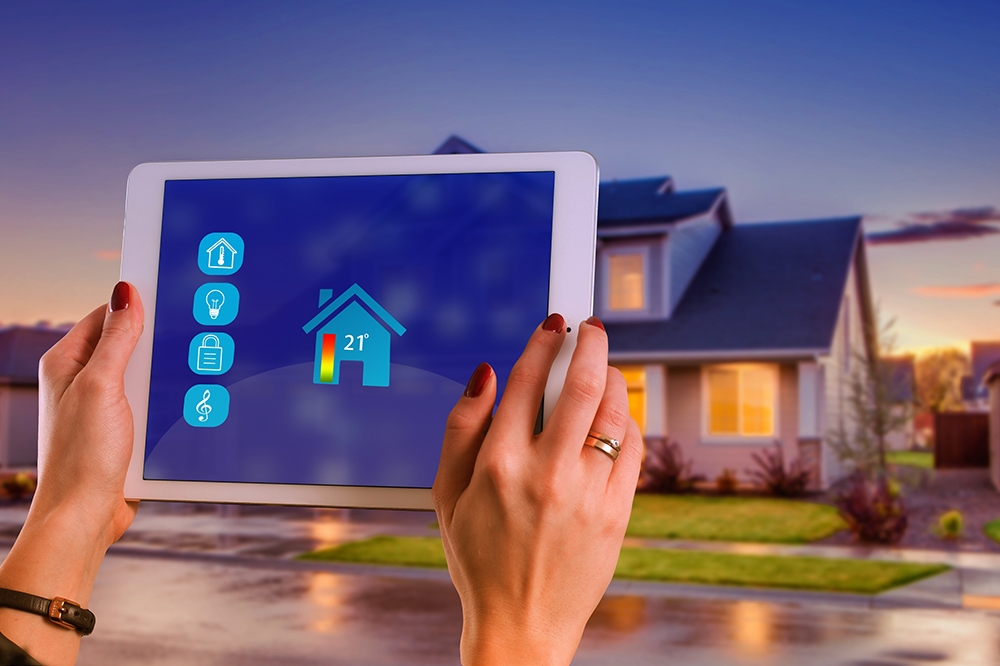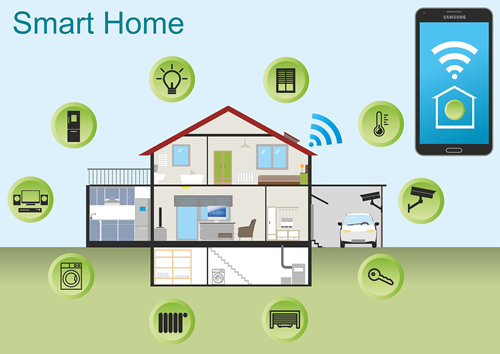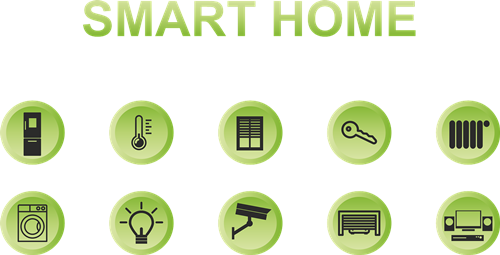What is Zigbee and How Can I Use it in My Smart Home?

What was once called the Internet of Things or Home Automation, is now referred to as Smart Home technology. These devices help you with heating, energy and cooling control, managing the security of your home, and many other things.
Zigbee is an integral part of a smart home ecosystem because it helps with binding all its parts together. It is today’s leading standardized wireless solution for connecting all sorts of devices into a smart home. Think of it as a language which helps translate commands between a massive range of smart devices. Best of all, it is affordable and very user-friendly.
Read on to understand what Zigbee brings to the table when you have a smart home.
Zigbee Basics
Before getting to Zigbee’s role in a smart home, you need to understand its essentials. Zigbee is a form of wireless technology, similar to Bluetooth and Wi-Fi, just less demanding, and it is perfect for a smart home.
Smart home appliances like sensors don’t need a lot of power or bandwidth. What is great about Zigbee is that it connects devices from different manufacturers, allowing them to cooperate. You will see a list of all the supported devices in a bit.
Your smart home can have devices from Google, Amazon, and Samsung all working together in complete unison. As mentioned in the intro, Zigbee removes the barriers between these devices, and in a way teaches them a common language.
Zigbee works on the principles of a mesh network. Rather than having two powerful devices exchanging data, as in the case of Bluetooth connections, Zigbee spreads out control. Let’s explain this in more detail.

What Are Mesh Networks?
Mesh networks spread the network connection between many wireless nodes. These nodes share the same connection in a big area and they can “talk” to each other. This technology is similar to a Wi-Fi router.
Zigbee enables mesh networking, so it helps improve the exchange of data in a wider range through a stable network. Zigbee usually has a primary node for the coordination of the smaller nodes in this network.
Think something along the lines of Google Home. In case some of the smaller nodes lose connection, the primary node takes over. It bridges the collapsed node to a different one and enables communication.
In simpler terms, all these nodes are connected, they work together to share data over the mesh network. In case you are curious, Zigbee actually has the capacity to support as much as 65,000 of these nodes. These devices need to be relatively close to each other, up to around 20 meters, because of signal strength and possible interference.
These networks are not only stable but also very safe thanks to the 128-bit encryption.
Zigbee Supported Devices
Devices from many reputable companies have Zigbee support, but they don’t always play along well with each other. Unfortunately, company appliances won’t cooperate in every instance, even if both support Zigbee.
This rivalry won’t last forever, and in the future, you can expect more control even between competitor devices. The Amazon Echo Plus is a good example because Alexa is able to control a wide range of devices. It doesn’t need the approval of every manufacturer or their apps.
Echo Plus is able to manage all Zigbee devices in a direct or indirect fashion. This was just an example, there are many other big names that use Zigbee for their smart home systems, including:
- Philips
- Samsung
- Bosch
- Ikea
- Comcast
- Huawei
- Honeywell
- Belkin
- Indesit
- SmartThings
These are just some of them. If you’re thinking of upgrading your home, there are many ways to do so.
Zigbee’s Role in the Smart Home
The smart home market is expanding by the day, with many different manufacturers offering devices that could make your life more convenient. Instead of having to keep up with a huge variety of corresponding apps, you can use Zigbee as the one tech to rule them all.
Not only it is a part of smart homes, but many cable and telecommunication providers also use Zigbee. They integrate it into their satellite transceivers, home gateways, and set-top boxes. Many smart home hubs will allow you to scan and manage all the Zigbee devices in your possession.
Although it is not perfect yet, and not all devices work in unison, Zigbee will soon make this experience seamless.

Welcome to the Future
The smart home market is expanding and Zigbee is a big part of it. In the near future, most modern homes should have these technologies. The best part is that all the devices will be linked together and you will be able to control them without breaking a sweat.
Have you already built a smart home hub with devices that support Zigbee? What are your experiences with it? Let us know in the comments.















